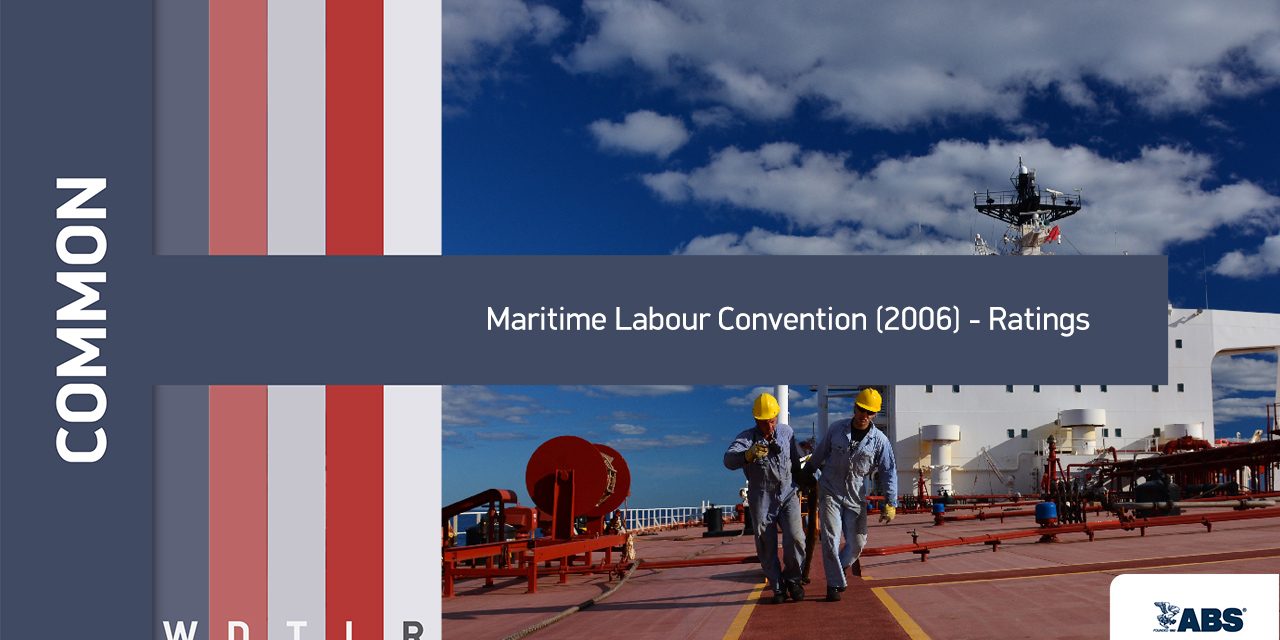
It is directly related with safety of life at sea and the protection of the marine environment as well.Īfter 1st January 2017 Manila Amendments will come into force. In addition, it is mandatory for any person designated on the muster list of having responsibility for the safety of passengers in emergency situations.

The parameters are discussed on the basis of information from the Seamen Registry of Maritime Administration of Latvia.This edition incorporates the 2014 amendments (MSC.373(93) and MSC.374(93)), the 2015 amendments (MSC.396(95) and MSC.397(95)) and the 2016 Amendments (MSC.416(97) and MSC.417(97). The aim of this article is to show parameters which should be taken into account to model seafarers’ supply in future. Main obstacle for assessment of effectiveness is lack of possibilities to monitor contribution from maritime education institutions to current state of European seafarers’ pool. Understanding of current trends in the pool of seafarers is prerequisite for successful implementation of the strategy. Indicative estimates suggest there were almost 38,000 students/cadets in maritime academy – type training across the EU and Norway in 2012, a 11% increase from 2004.
During recent years increasing attention is paid to the education and training of seafarers as the seafarers and their knowledge are essential to sustainable development of the maritime cluster, as indicated in the maritime strategy of European Union.

According to the latest assessment of economic value of shipping industry in 2012, the EU shipping industry is estimated to have directly contributed €56 billion to GDP, employed 590,000 people, and generated tax revenues of €6 billion.
Ortage of seafarers is important topic as maritime industry plays a key role for economy of the European Union.


 0 kommentar(er)
0 kommentar(er)
